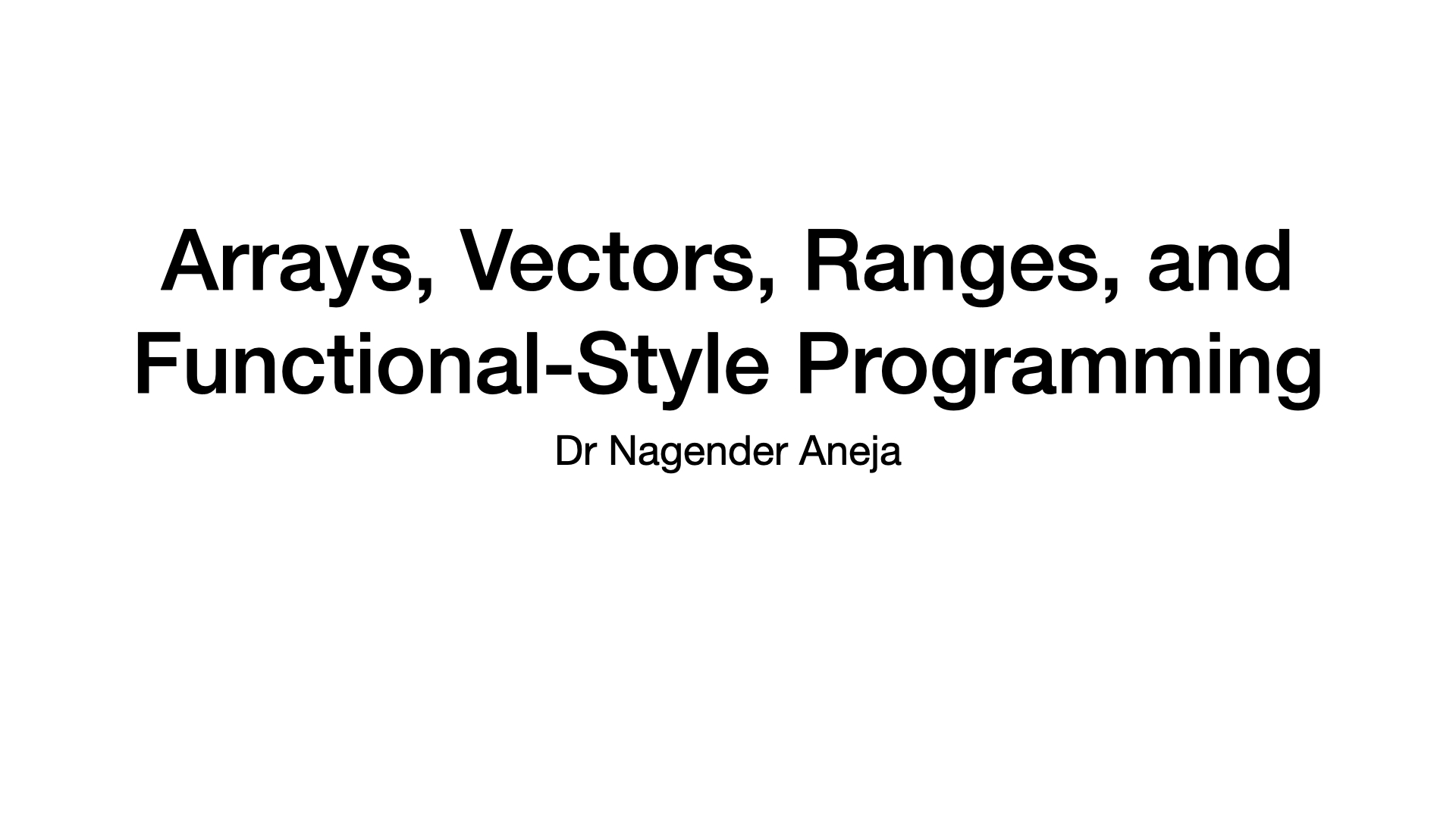Introduction to adversarial robustness
Published:
This lesson is from Adversarial Robustness - Theory and Practice
Introduction
- Adversarial robustness
- Developing classifiers that are robust to perturbations of their inputs
- by an adversary intent on fooling the classifier
- Image Classification in PyTorch
- transform the image to approximately zero-mean and unit variance
- Perturbation is to be added in the original or unnormalised image
ImageNet
model = torchvision.models.resnet50(pretrained=True)
model.eval()
img = "data/imgs/pig.jpg"
img = PIL.Image.open(img)
img_tensor = utils.preprocess(img).unsqueeze(dim=0)
img_tensor = utils.normalize(img_tensor)
pred = model(img_tensor)
label, name = utils.pred_class(pred)
print(label, name) # 341 hog
Notations
Model or Hypothesis function
- $ h_\theta : \mathcal{X} \rightarrow \mathbb{R}^k $
- mapping from input space $3D$ Tensor to output space which is $kD$ Vector
- $k$ is the number of classes being predicted
- In this case of ResNet PyTorch, the output is logits so the output may $\pm$ real numbers
- $\theta$ represents parameters defining the model
- convolutional filters, fully-connected layer weight metrics, biases etc
- trained parameters
- convolutional filters, fully-connected layer weight metrics, biases etc
Loss Function
$ \ell: \mathbb{R}^k \times \mathbb{Z}_+ \rightarrow \mathbb{R}+ $
mapping from the model predictions and true labels to a non-negative number
$\mathbb{R}^k$ - model output i.e. logits and can be $\pm$
$\mathbb{Z}_+$ is the index of true class i.e. number from $1$ to $k$
- Loss the classifier acheives with input $x$ and output $y$
- $\ell(h_\theta(x), y)$
- $x \in \mathcal{X}$ as input
- $y \in \mathbb{Z}$ is true class
- $\ell(h_\theta(x), y)$
Cross Entropy Loss (or softmax loss)
most common loss
- \[\ell (h_\theta (x), y) = \log \left ( \sum_{j=1}^k \exp(h_\theta (x)_j) \right ) - h_\theta (x)_y\]
where $h_θ(x)_j$ denotes the $j^{th}$ elements of the vector $h_θ(x)$
This comes from softmax activation
Softmax Operator
- $\sigma : \mathbb{R}^k \rightarrow \mathbb{R}^k$
- is a mapping from class logits returned by $h_\theta$ to probability distribution
- goal of training neural network is to maximize the probability of true class
- $\sigma(z)i = \frac{exp(z_i)}{\sum{j=1}^{k}\exp(z_{j})}$
- $\sigma : \mathbb{R}^k \rightarrow \mathbb{R}^k$
Since probabilities get vanishingly small, it is common to maximize the log of the probability of true class
- Now, $h_\theta(x)$ is a logit vector with $y$ as true class
- Prob Vector is $\sigma(h_\theta(x))$
- predicted probability for true class is $\sigma(h_\theta(x))_y$
- $log$ of predicted probability that is to be maximized is
- \[\log \sigma(h_\theta(x))_y = \log \left(\frac{exp(h_\theta(x)_y)}{\sum_{j=1}^{k}\exp(h_\theta(x)_{j})} \right) = h_\theta(x)_y - \log \left (\sum_{j=1}^{k}\exp(h_\theta(x)_{j}) \right )\]
Since the convention is to minimize the loss rather than maximize probability, we use negation of this quantity as our loss function
loss = nn.CrossEntropyLoss()(model(img_tensor), target=torch.LongTensor([341])) loss = loss.item() print(loss) # 0.003882253309711814- If the loss is small e.g. $0.003$ then it corresponds to $e^{-0.003} \approx 0.996$ probability
Creating Adversarial Example
- Training Approach
- is to optimize the parameters $ \theta $ so as to minimize the average loss over training set $ {x_i \in \mathcal{X}, y_i \in \mathbb{Z}} $, $i=1,…,m$
- Average Loss $ = \frac{1}{m} \sum\limits_{i=1}^m \ell(h_\theta(x_i), y_i) $
- Thus, Optimization Problem is
- $ \min\limits_\theta \frac{1}{m} \sum\limits_{i=1}^m \ell(h_\theta(x_i), y_i) $
- We solve Optimization Problem by (stochastic) gradient descent for some minibatch $\mathcal{B} \subseteq {1,\ldots,m}$
- We compute gradient of loss with respect to $\theta$ and make small adjustment to $\theta$ in the negative direction
- Loss Function $ \ell(h_\theta(x_i), y_i) $ for $i \in \mathcal{B}$
- Gradient of Loss Function is $ \nabla_\theta \ell(h_\theta(x_i), y_i) $ for $i \in \mathcal{B}$
- Mini Batch
$ \frac{1}{\mid \mathcal{B} \mid} \sum\limits_{i \in \mathcal{B}} \nabla_\theta \ell(h_\theta(x_i), y_i) $
- \[\theta := \theta - \frac{\alpha}{|\mathcal{B}|} \sum\limits_{i \in \mathcal{B}} \nabla_\theta \ell(h_\theta(x_i), y_i)\]
- where $\alpha$ is step size
- We repeat the process for different mini-batches covering the entire training set, until the parameters converge.
- is to optimize the parameters $ \theta $ so as to minimize the average loss over training set $ {x_i \in \mathcal{X}, y_i \in \mathbb{Z}} $, $i=1,…,m$
$ \nabla_\theta \ell(h_\theta(x_i), y_i) $
- Gradient
- computes how a small adjustment to each of the parameters $\theta$ will affect the loss function
- Computed by Backpropogation
- Gradient
Adversarial
Gradient of loss wrt input $x_i$
- computes as how small changes to the image affect the loss function
Image is adjusted to maximize the loss
Thus $$ \min\limits_\theta \frac{1}{m} \sum\limits_{i=1}^m \ell(h_\theta(x_i), y_i) \
becomes \
\DeclareMathOperator*{\maximize}{maximize} \maximize_{\hat{x}} \ell(h_\theta(\hat{x}), y) $$
- $\hat{x}$ denotes adversarial example that is maximize the loss
- In order to make $\hat{x} \sim x$
- Optimize over the perturbation to $x$, denoted by $\delta$, and optimized over $\delta$
- $\maximize_\limits{\delta \in \Delta} \ell(h_\theta(x +\delta), y)$
- where $\Delta$ represents allowable set of perturbations
- A common perturbation set to use, is the $\ell_\infty$ defined by $ \Delta = {\delta : |\delta|_\infty \leq \epsilon} $
- $\ell_\infty$ norm of a vector $z$ is defined as
- $ \norm{z}\infty = \max\limits{i} \mid z_i \mid $
- e.g. L-infinity norm of vector X= [-6, 4, 2] is 6
- $\ell_\infty$ norm of a vector $z$ is defined as
model = torchvision.models.resnet50(pretrained=True)
model.eval()
epsilon = 2./255
img = "data/imgs/pig.jpg"
target = 341
img = PIL.Image.open(img)
img_tensor = utils.preprocess(img).unsqueeze(dim=0)
target_tensor = torch.LongTensor([target])
delta_tensor = torch.zeros_like(img_tensor, requires_grad=True)
opt = optim.SGD([delta_tensor], lr=1e-1) # optimizer on delta
model = torchvision.models.resnet50(pretrained=True)
model.eval();
for t in range(30):
norm_tensor = utils.normalize(img_tensor + delta_tensor)
pred = model(norm_tensor)
loss = nn.CrossEntropyLoss()(pred, target_tensor)
loss = -loss
if t % 5 == 0:
print(t, loss.item())
opt.zero_grad()
loss.backward()
opt.step() # will update delta_tensor
delta_tensor.data.clamp_(-epsilon, epsilon)
# -0.003882253309711814
# -0.006934622768312693
# -0.015804270282387733
# -0.08014067262411118
# -11.92103385925293
# -13.965073585510254
label, name, prob = utils.pred_class(pred)
print(label, name, prob) # 106 wombat 0.999923586845398
prob = nn.Softmax(dim=1)(pred)[0][341].item()
print(prob) # 1.3545100046030711e-06


